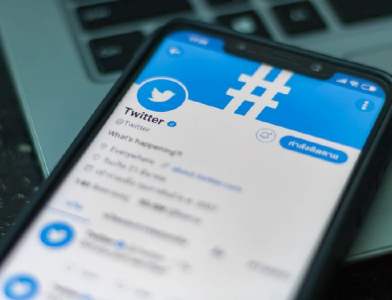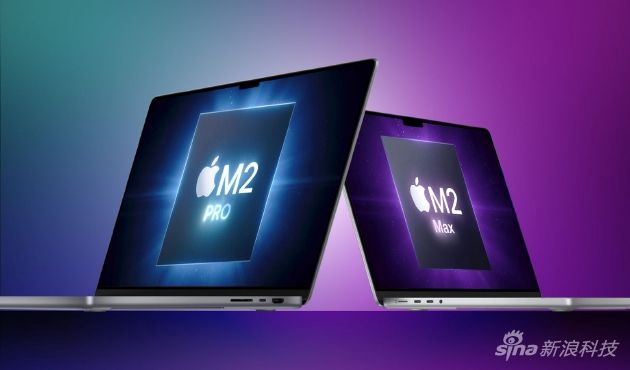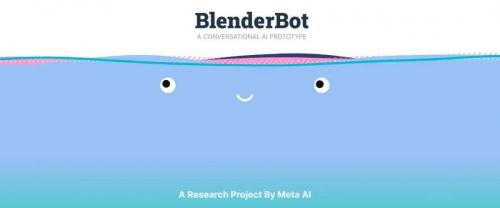your current location is:Home > TechnologyHomeTechnology
Meta's Transformation Conundrum: Stuck between the Metaverse and TikTok
Reporter Tang Yitao
Edited by Gao Yulei
In its Q2 2022 earnings report, Meta (Facebook) reported its first loss since going public in 2012. A bad economy has squeezed advertisers' budgets; Apple's AT&T privacy policy has cost Meta $10 billion in the past year, and they haven't figured out how to deal with it. Meanwhile, Meta is investing heavily every year in Zuckerberg's far-flung vision of the Metaverse.
The good news is that Meta's user base grew by 4% year-over-year, which includes all users of Facebook, Instagram and WhatsApp. Considering the huge volume of Meta's close to 3 billion users, 4% is not a small number.
Zuckerberg attributed the growth largely to the increase in video and algorithmically recommended content. Algorithmically recommended content currently accounts for about 15% of Facebook page views. On Instagram, the number is even higher. By the end of 2023, algorithm-recommended content will also double, Zuckerberg said.
This basically heralds a full-scale transformation of the social networking company into an algorithmic recommendation platform, or a full-scale imitation of TikTok.
Meta’s anxiety comes from the competition for users’ attention. After all, the time people spend on the Internet is limited every day, and TikTok has surpassed Instagram in the total consumption time of its US users in less than two years. For a company of Meta's size, every minute a user spends outside of Meta's products is a loss of advertising costs, loss of data, and loss of future possibilities.
Considering TikTok's exaggerated growth rate, Meta's shift isn't surprising, but the shift from a social network to a recommendation platform has shaken the company's underlying logic. This can be quite painful for Meta.
Regarding this, it has been reflected quite directly in the user's revision of Reels.
Reels is Instagram's short video feature. Basically, it’s a TikTok embedded inside Instagram, with a highly similar user interface, and both have the same full-screen timeline — keep swiping up and you’ll see a steady stream of short videos.
The user interface of Reels is highly similar to TikTok | Image source: NPR
In a recent update, Instagram has further stepped up its TikTokization efforts, automatically assigning videos less than 15 minutes to Reels. This means that almost all videos on Instagram become Reels and appear on the user's timeline. In the middle of the content that users really want to see, there are often 3 or 4 Reels and other content recommended by Instagram.
This sparked a huge backlash in the user community. American photographer Tati Bruening posted: "Don't try to be TikTok, I just want to see cute photos of my friends." The petition she launched has collected nearly 300,000 signatures. Kylie Jenner, who has more than 360 million followers on Instagram, also shared the post, bringing it to over 2.25 million likes.
This has to make Instagram take the incident seriously. Jenner, who has huge influence among young Americans, last time she criticized Snap, another American social networking company, for its redesign, sending its shares down 7% and losing $1.3 billion in market value.
Ultimately, Instagram abandoned its short-lived "TikTok overhaul," saying it would temporarily reduce the number of recommendations and improve personalized recommendations.
Why does Meta want to be a recommended medium?
Two months ago, Blake Chandley, TikTok's president of global business solutions, was asked if he was "concerned about competition from social media networks like Facebook." Before joining TikTok, Chandry worked at Meta for 12 years. His response: "Facebook is a social platform. All their algorithms are built on the Social Graph. We are an entertainment platform. The difference is significant."
Social connections are the moat of social media. In this, content creators play a central role. Around his social connections and fan base, a group of people who have something in common has gathered. This means that the creators themselves control the distribution channels of the content. The more followers he has, the more power he has over distributing content.
As a result, content published by creators can spread quickly among these groups of people. This is true for "good content," but it also applies to fake news and hate speech. As a result, a large "online echo chamber" is formed. PropOrNot, an organization that exposed Russia's fake news on Facebook, found that the fake news about Hillary Clinton's "health door" was read more than 8 million times; 30,000 times. PropOrNot estimates that the Russian “disinformation campaign” has been viewed 213 million times.
Aside from the Cambridge Analytica scandal, fake news is arguably the most damaging public incident to Facebook's brand. Combined, these two factors cost Facebook $100 billion in market value at its peak.
Platforms try to play some role in this, but at the cost of large review teams and high labor costs. In terms of video content alone, Zuckerberg said in an exclusive interview with American media Recode in 2019 that Facebook has established a team of 3,000 people to respond to video content within 10 minutes.
In the recommended media represented by TikTok, creators are no longer the core of content distribution, but are replaced by platform-defined algorithms. Ultimately the platform decides what content to recommend, not people's social connections. The purpose of these algorithms is to maximize the user's attention. Therefore, TikTok does not need a large number of celebrities to endorse its users to attract users, it grabs users' attention in a more primitive way - visual novelty or magical brainwashing music. In other words, TikTok grabs users directly without having to build a personal network as hard as Facebook.
In this light, Jenner's objection to Instagram's change is better understood: In an algorithm-dominated platform, her 360 million followers would be worth less.
Because the platform plays a dominant role, it can also better hide inappropriate content, thereby reducing the harm of bad information to the brand and the need for large-scale review teams.
Some people may overlook the fact that Instagram has been in existence for 12 years, and its heavy historical burden is restricting it from becoming TikTok.
The interface of a product tends to become more and more complex with age, and the 32-year-old Office is the best example. Under the pressure of Notion, Microsoft also had to release a highly similar All-in-One workspace Loop.
Instagram is also showing this trend. Live, Story, Chat, and Reels, various features are added to this photo social networking platform. This tinkering works for some advanced users, but it can also be prohibitive for new users.
Twitter user @ndmichino tweeted about Instagram's complicated pages | Image credit: Twitter @ndmichino
The social network is also plaguing Instagram. It is already a mature platform built on top of a social network, which is a big reason for its past success. But the content that’s going crazy on TikTok may be exactly the kind of content people don’t want their real-life friends to see. In acquaintance circles, people are more willing to post content that seems "safe".
In fact, Zuckerberg would have had the opportunity to lead today's short video wave. In 2016, Zuckerberg tried to acquire short-video platform musical.ly, but it ended up falling apart. Facebook at the time believed that VR was the future, and among external competitors, the entire company was more focused on Snap.
After that, musical.ly was acquired by the note jumping in 2017, merged with Tiktok into a software, and co-founder Zhu Jun also became the product director of TikTok.
Previous:Apple's first batch of 95 million iPhone 14 series stocked, demand may be higher than expected
Next:All U.S. equipment makers received a ban on 14nm equipment from China
related articles
Article Comments (0)
- This article has not received comments yet, hurry up and grab the first frame~












